Article duration. Diapering essentials to have on hand. Some cloth diapers are designed to be used with an absorbent cloth or disposable insert. Following the above steps will help you get the hang of it. Before you know it, you'll be done! Use hot water and double rinse each wash. Call your pediatrician right away if your baby shows any of these signs of dehydration : Crying without tears Dark yellow or brown urine Fewer than six wet diapers in 24 hours Skin that is dry to the touch. Pediatr Dermatol. Getty Images. By Happiest Baby Staff.
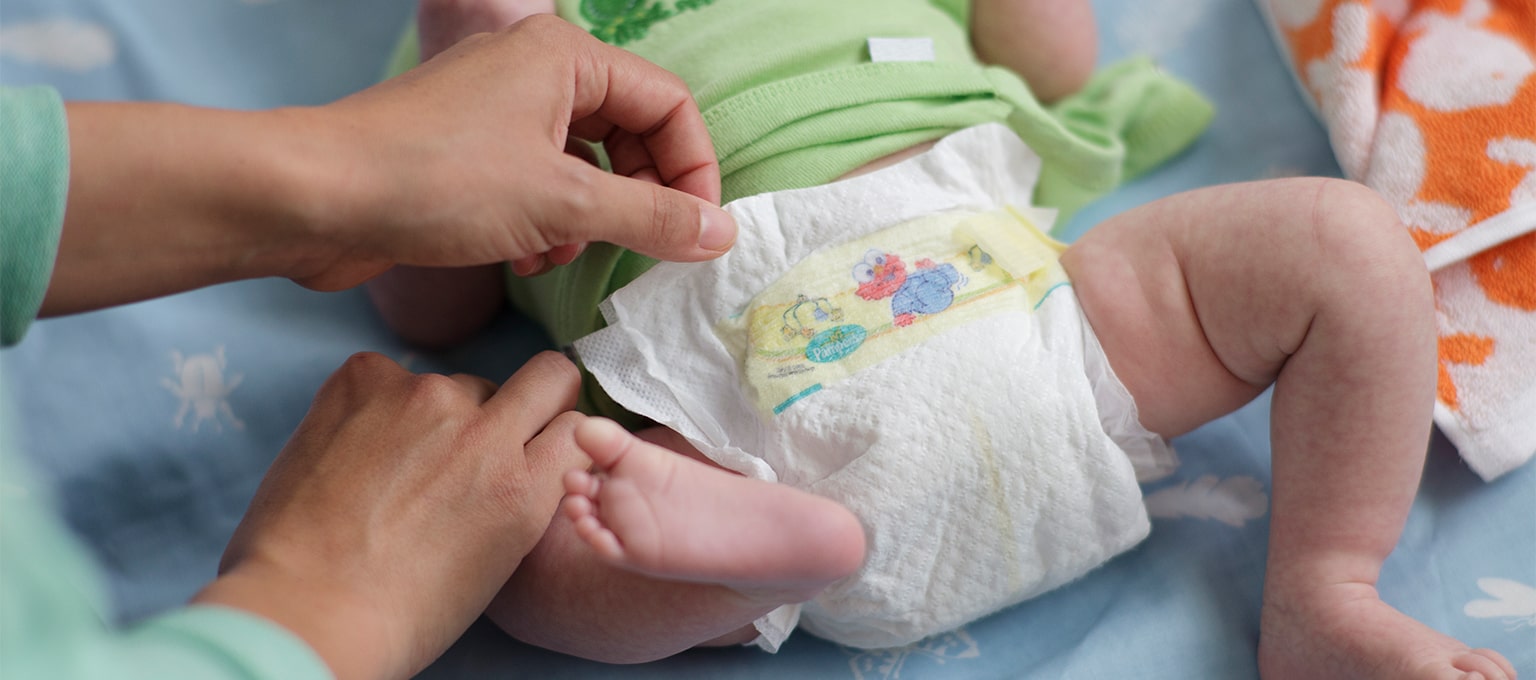
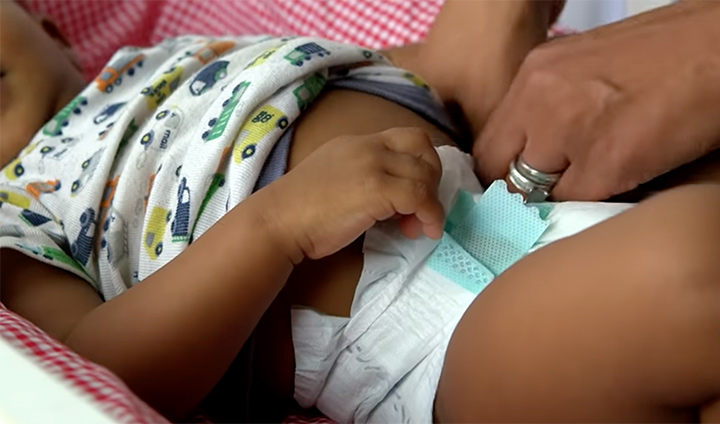
Then gather your supplies. When questions arise or you feel unsure of anything after coming home, call your pediatrician. Here is a checklist:. Some cloth diapers require a waterproof outer layer that goes over an absorbent cloth diaper. Opens a new window Opens a new window Opens a new window Opens a new window. Diaper ointments are generally not compatible with cloth diapers, so check with your pediatrician about what to do in that case.
What Do You Need to Change a Diaper?
Fasten all three parts together with a safety pin. You might want to lift your baby's legs by the ankles to get underneath. Latest update: Updates throughout to expert sources, text, guidelines and formatting. If that's not possible, give them a good swipe with a diaper wipe. Bring the bottom up onto your baby's belly. Reviewed by Christopher B. Diapers and diaper rash. However, note that getting a diaper rash is very common and may occur no matter how quick you are to change your baby's diaper. Even before your baby can roll over , they may squirm enough to topple off the table. Diaper Rash in Babies.
Diapering Your Baby (for Parents) - Nemours KidsHealth
- You may also like View Previous.
- In this article What do you need to change a diaper?
- Diaper rash.
- And your baby will give you plenty of that: Infants typically go through eight to 10 diapers a day, adding up to more than 3, diaper changes until they are toilet trained.
- This is usually harmless, but it's a good idea to let your baby's healthcare provider know.
We believe you should always know the source of the information you're reading. Learn more about our editorial and medical review policies. May 12, Latest update: Updates throughout to expert sources, text, guidelines and formatting. While the frequent diaper changes may not be your favorite part of the parent job, they're still part of the baby care package. And it's important for baby too, since changing a diaper whenever it's wet or messy helps prevent irritation and diaper rash. Here's everything new parents need to know about changing baby's diapers, including how to make the process as easy as possible. It's always good to have a couple of spares handy when you're changing diapers. Unscented or water wipes, or clean cotton balls, water and washcloths. You can use warm water and a cotton ball to clean baby off and a washcloth for drying. Posner adds. For older infants, any pre-moistened wipes work; look for those that are hypoallergenic and free of fragrance and alcohol. A change of clothes for baby. You might need one if the diaper has leaked it happens! Clean diaper wraps or waterproof pants. If you're using cloth diapers , you'll want these on hand. If baby has diaper rash , an ointment creates a barrier between that tender bottom and skin-irritating poop and pee. No need for lotions, baby oil or powder.
Along with feeding and bathing your newborn, changing their diaper is a task you'll be faced with quickly—and often—as a new parent. Though it may seem a little daunting at first, learning how to change a diaper will become second nature with practice. And your baby will give you plenty of that: Infants typically go through eight to 10 diapers a day, adding up to more than 3, diaper changes until they are toilet trained. Learn the most efficient way to get your baby from a dirty diaper into a clean one, as well as some pointers to make the process easier for both you and your little one. Before beginning, make sure everything you need is handy. Here is a checklist:. Many people use baby wipes to clean the diaper area. However, a newborn's skin is quite sensitive. Using warm water and a cloth or cotton balls during the first few weeks of life can help prevent skin irritation, how to change newborn diaper with pampers. Buying wipes that are how to change newborn diaper with pampers with water is another option.
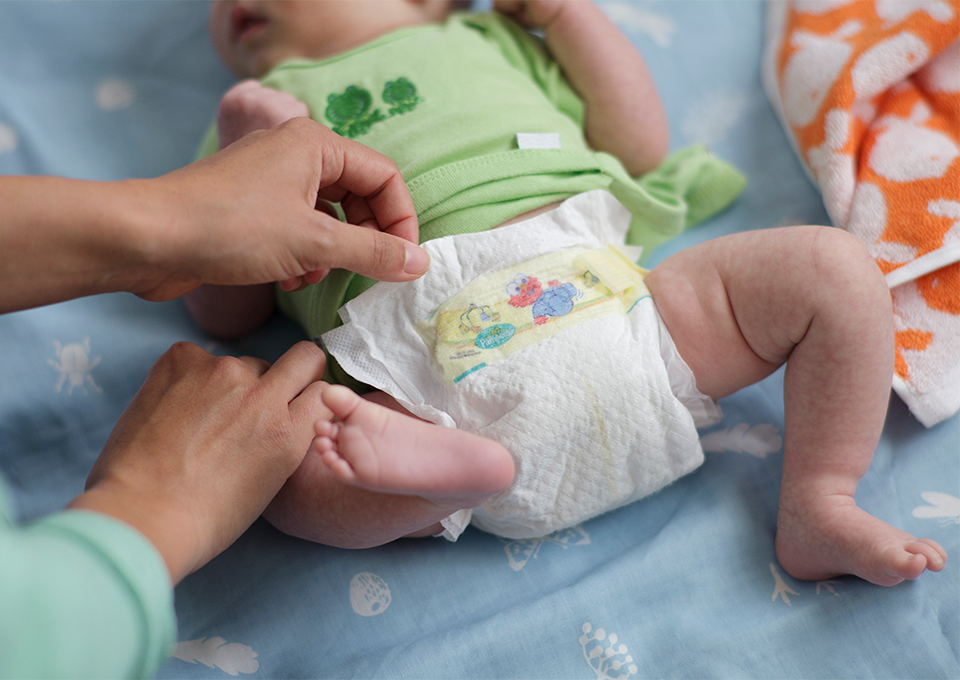
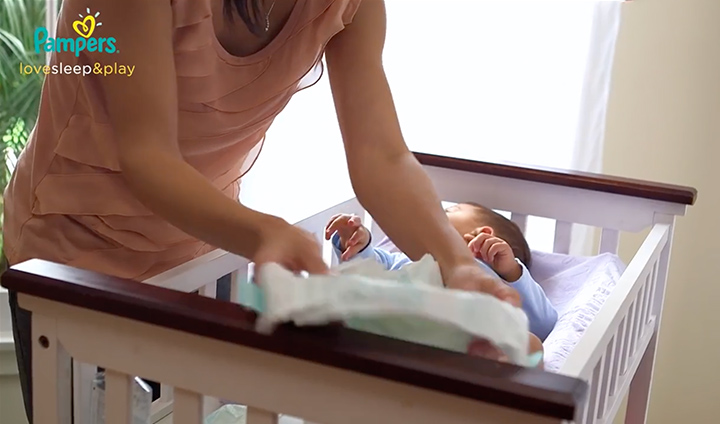
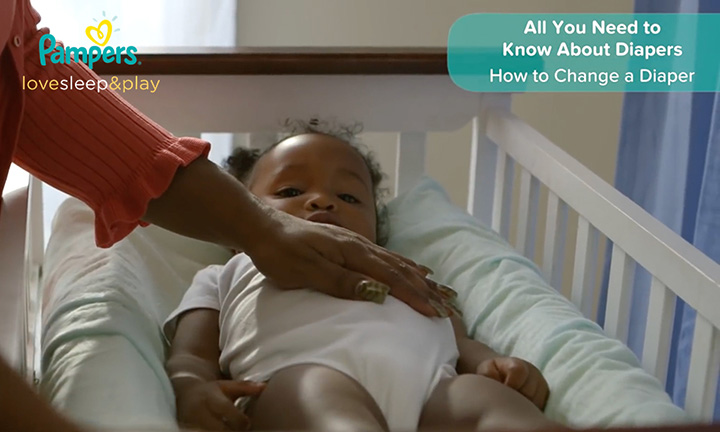
How to change newborn diaper with pampers. How to change a diaper
Diapering your baby is as much a how to change newborn diaper with pampers of parenting as feeding your little one, how to change newborn diaper with pampers. Although changing a diaper pieluchomajtki happyopinie a little practice, it will soon become routine once you get the hang of it. Step 1: Lay your baby down on their back and remove the used diaper. Wrap it up and stick the tapes down to seal the bundle. Toss the diaper in the diaper pail or set it aside to throw out later in the garbage can. You can use gentle diaper wipes, such as Pampers Sensitive Wipes, or you can use a wetted washcloth. Remember to wipe front to back. Step 3: If your baby has diaper rash, apply diaper rash ointment or barrier cream on the affected area. The colorful markings should be on the front, facing you. Step 5: Lift the two wings of the diaper on both the left and right side, and stick the stretchy fastening tape found on each wing onto the front of the diaper. To check this, you should be able to comfortably run two fingers between the diaper and your baby's stomach.
Top Stories
Remove diaper, wipe Baby, put new diaper on. Got that figured out? Welcome to the toddler years, when your tot runs bare-bottomed away from you and their fresh diaper. Change of baby clothes for your baby…just in case! Before you start, make sure all your diapering supplies are all within reach.
Welcome to the toddler years, when your tot runs bare-bottomed away from you and their fresh diaper. By Happiest Baby Staff. No need for lotions, baby oil or powder.
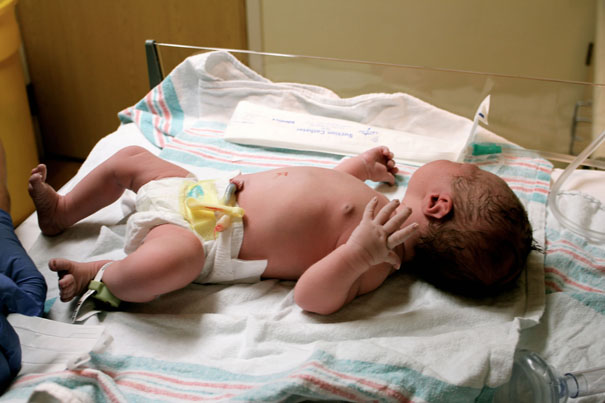
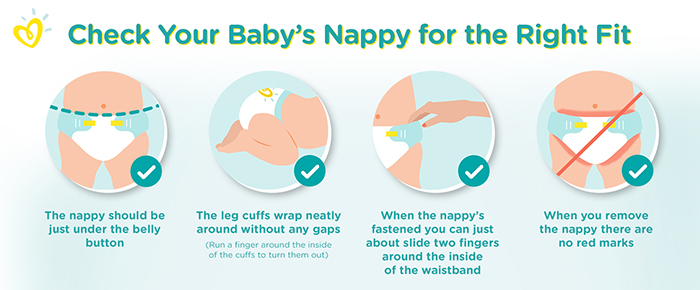
Ask a Pedia - How to Change Baby's Diapers
So happens. We can communicate on this theme.